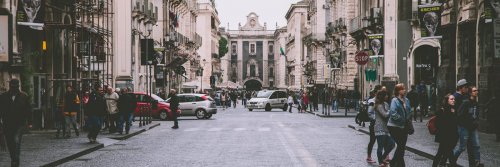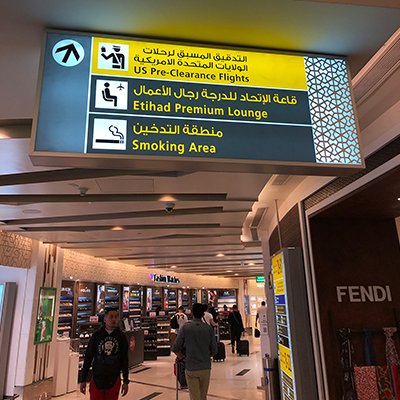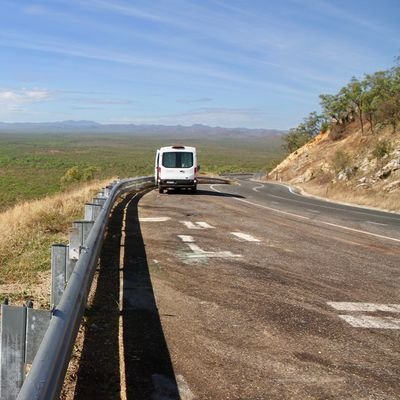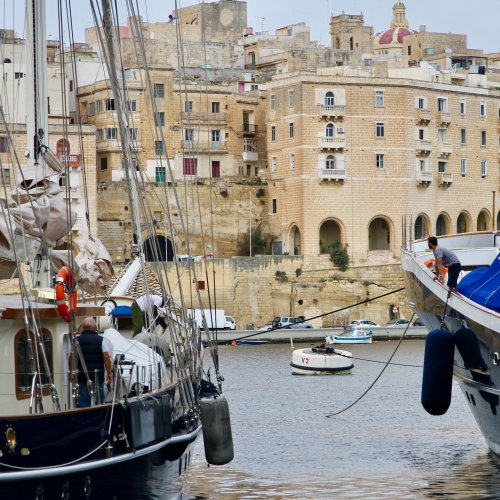Sicily’s vibrant heartbeat, Palermo's buzzing streets and ancient alleyways whisper secrets of its history and culture, kissed by the warm rays of Sicilian sunshine, infused with the salty air of the Tyrrhenian Sea, which forms part of the Mediterranean Sea. Seductive aromas of street food linger on cobblestone corners, bustling markets are splashed with riotous colour and the cacophony of local voices haggling over a treasure trove of goodies compete with the constant thrum of traffic. Sitting on the northern coast of Sicily, its capital city, Palermo, is a mosaic of Sicilian life and ancient ruins.
The complex history of the Mediterranean is reflected in the history of Palermo, which dates back thousands of years to its founding by the Phoenicians around 734 BC. In those days, it was a haven for ships and traders with fantastical stories of distant lands. The Greeks soon arrived and Palermo flourished as can be seen in its archaeological sites. It was during the 9th Century that the Arabs gate-crashed the party, bringing with them new ideas in architecture and agriculture, which gave Palermo a touch of elegance as intricate mosques appeared and lush gardens adorned spaces. A prime example from this era is the beautiful Palatine Chapel decorated with incredible mosaics and ornate arches that has been described as 'the most beautiful religious jewel dreamt of by human thought’. It's a fusion of European, Sicilian, Byzantine, and Arab influences, which took 13 years to build.
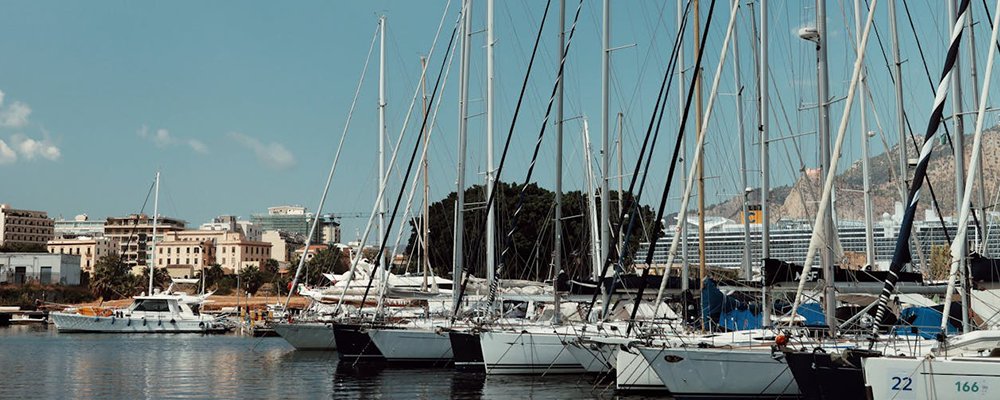
It was in the 11th Century that the feisty Normans appeared, adding their touch to the city by way of grand palaces and cathedrals, such as the eclectic building of the Palermo Cathedral that has been built, rebuilt, and added to over the centuries in a quirky mix of Norman, Gothic, and Baroque styles. Hiding inside are tombs of Norman kings, and the views from the roof are breathtaking images over the city to the sparkling Mediterranean. Every street tells a tale of who has stomped their way through the town in a dance of the ages—from stories of conquest to collaboration, Palermo has emerged as a historical patchwork flanked by the endless blue of the Tyrrhenian Sea.
The Palazzo Normanni, the once royal residence of King Roger II, oozes wealth and power. Built on the city's highest point, constructed around three towers consisting of halls, royal dwellings, workshops, the state treasury, and luxurious gardens where the palace chapel can be found—The Capella Palatina, which is adorned with shimmering mosaics. Once the seat of Norman kings, it's like entering the pages of a fairytale book. A medley of Islamic, Byzantine, and Romanesque architecture, it symbolizes the city's multicultural heritage.
For a respite from history overload, the airy Botanical Gardens offer a peaceful retreat amidst exotic plants and palms where the tinkling of fountains create a magical atmosphere. It’s 25 acres of rare trees and hidden statues that was designed by Leon Dufourny in 1789. Today, it's one of the top botanical research hubs in Europe, which over the years has become a touch on the wild side.
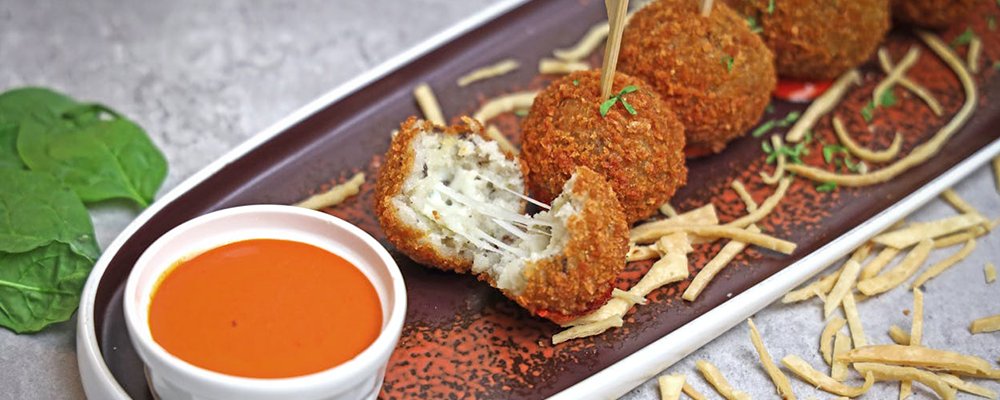
Head to the Mercato di Ballaro when your taste buds demand satisfaction. Considered to be the oldest market place in Palermo with its origins traced back over 1,000 years to the Arabs, its stalls overflow with colorful fresh local produce. The air is heavy with the scent of fresh seafood, sun-ripened tomatoes, and the tang of spicy sausages. It's the perfect place to sample the local wine while scoffing down some arancini (rice balls filled with ragu), enjoying the crunch of panelle (chickpea fritters), or going for a slice of sfincione (thick crust pizza-like bread). The market overflows with seafood still glistening from the sea—lobsters, swordfish, and octopus being the stars of many displays. The fruit and vegetables are brought in from the surrounding countryside to dazzle with their freshness, while the traditional cheeses will have you salivating at the sight and smell of the varieties available. Pecorino Siciliano DOP with a fruity spicy taste, Caciocavallo cheese that can be bought aged or fresh, Tuma Persa, known as a 'lost cheese' with an ancient recipe, and the sheep's milk cheese akin to mozzarella known as Vastedda del Belice. Cheese lovers will swoon at the sight of so many cheeses to choose from. The market is the place to savor the local flavors and soak up the lively atmosphere. Once you have had your fill at Mercato di Ballaro, strut like a local in the know and take your foodie hunting to the other ancient marketplace, Vucciria Market, for a repeat of the above shenanigans. Market shopping in Palermo is to indulge in sensory overload and mouthwatering dribbles.
Savoring the sweet taste of that last mouthful of cannoli can only be a prelude to aperitivo time when you can chill out on a café terrace, sipping a Negroni as you watch the world go by in a haze of magical moments.
Gail Palethorpe, a self proclaimed Australian gypsy, is a freelance writer, photographer and eternal traveller. Check out her website Gail Palethorpe Photography and her Shutterstock profile.

